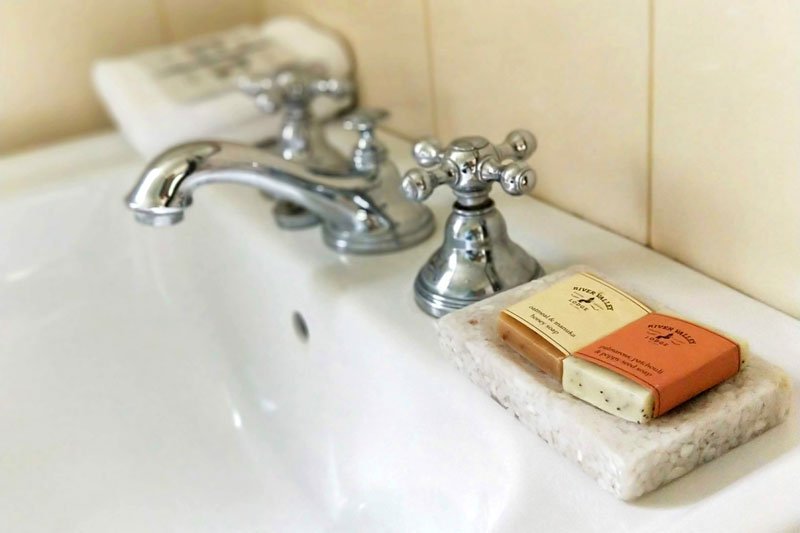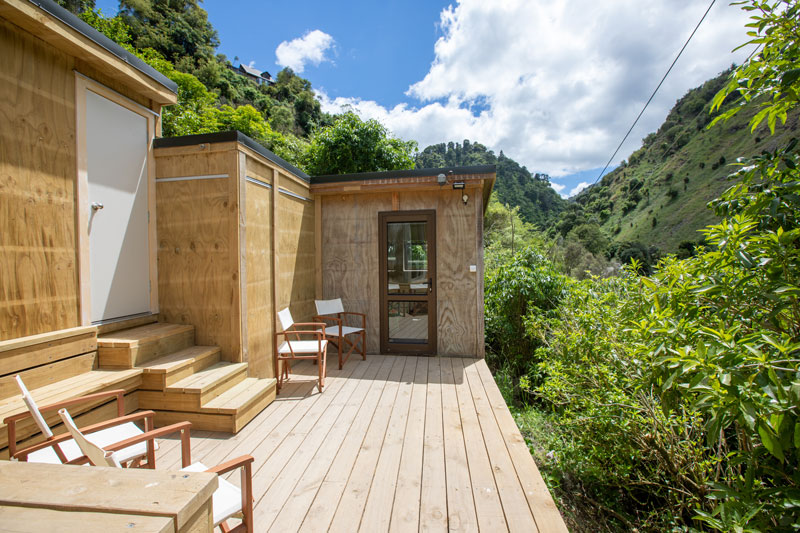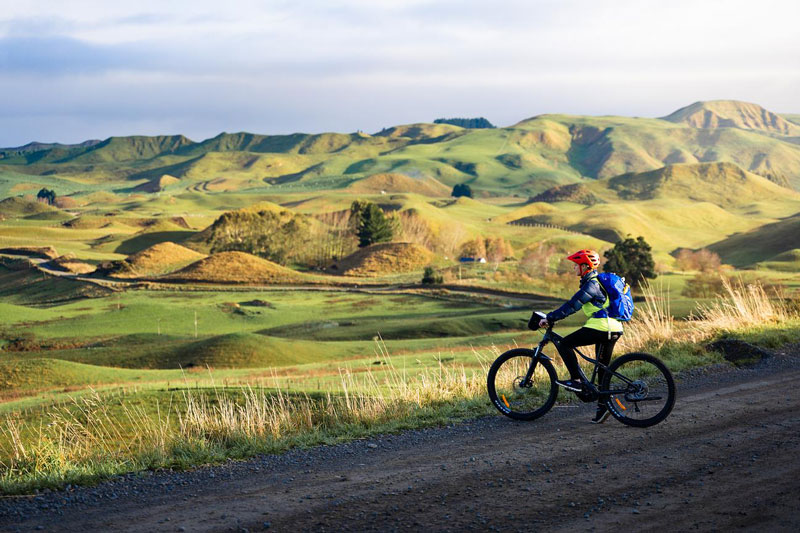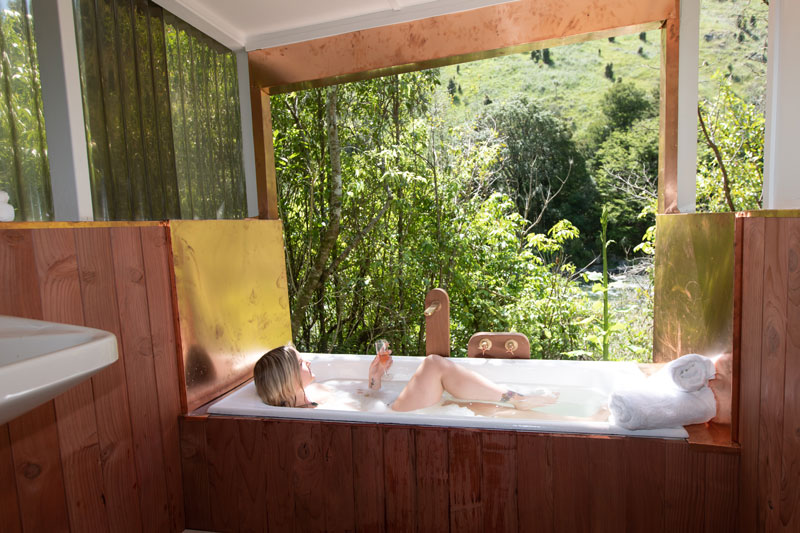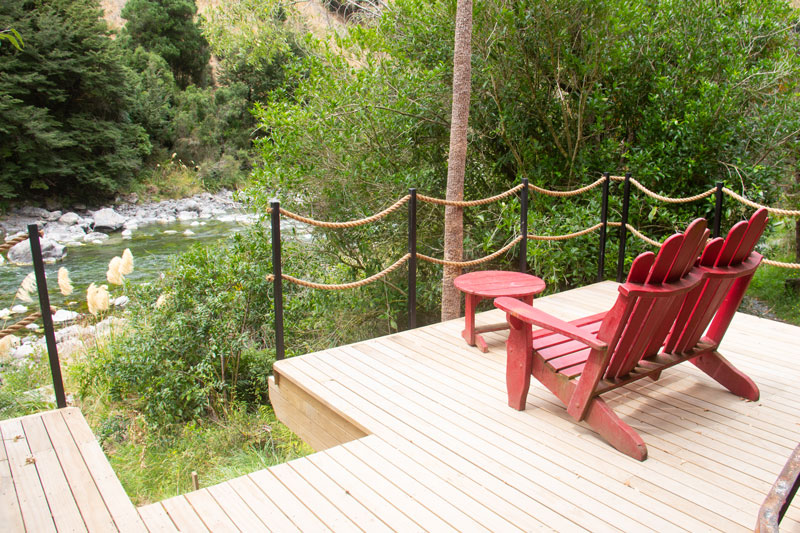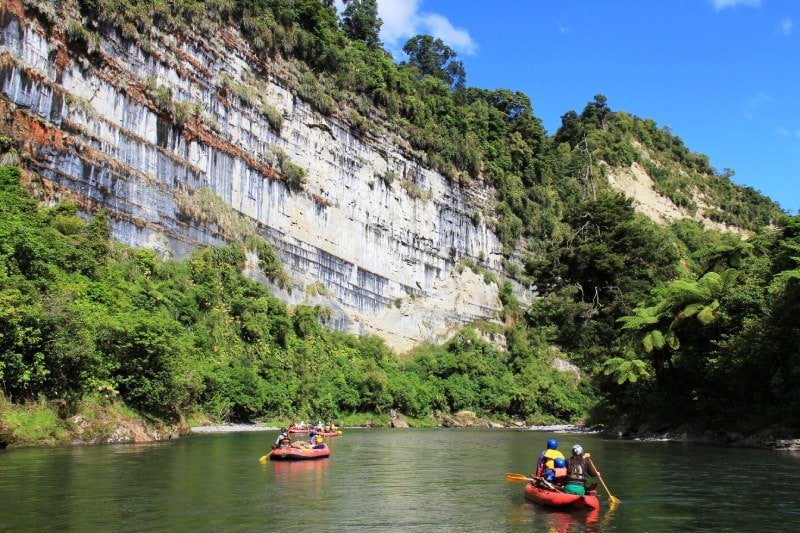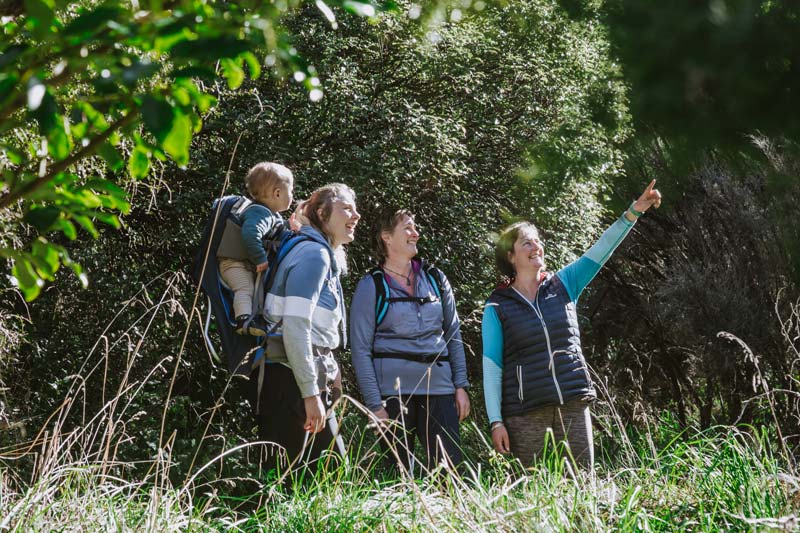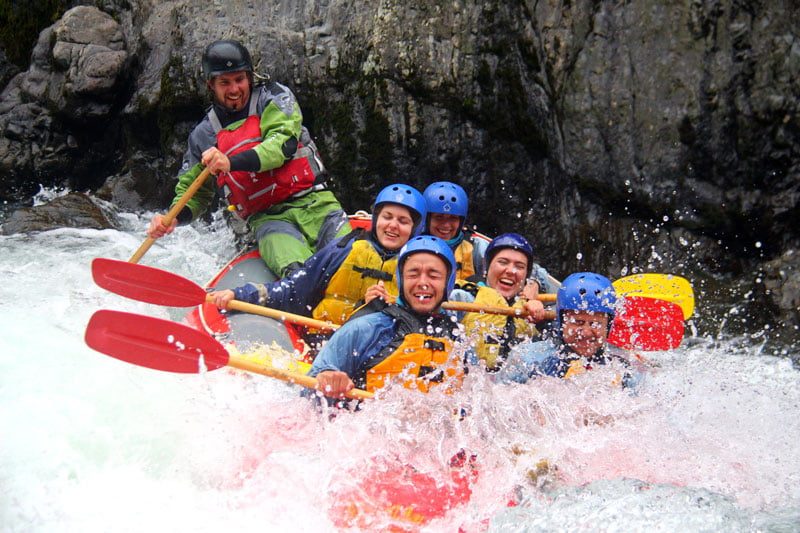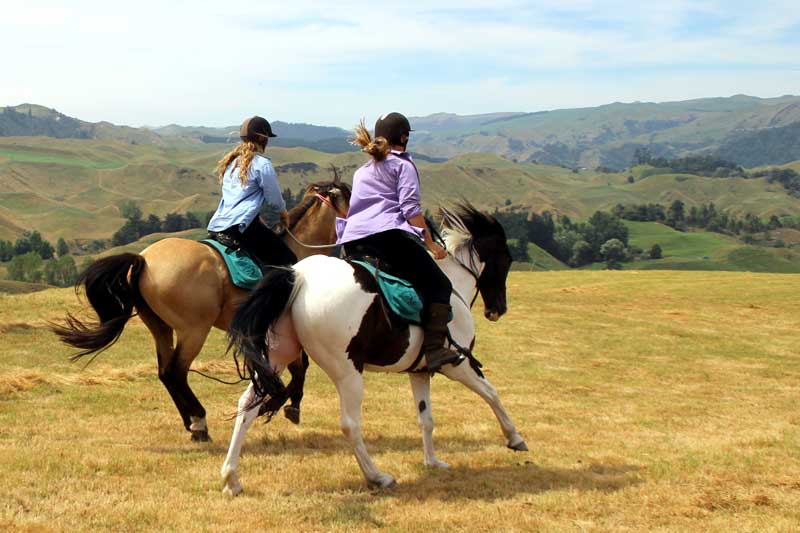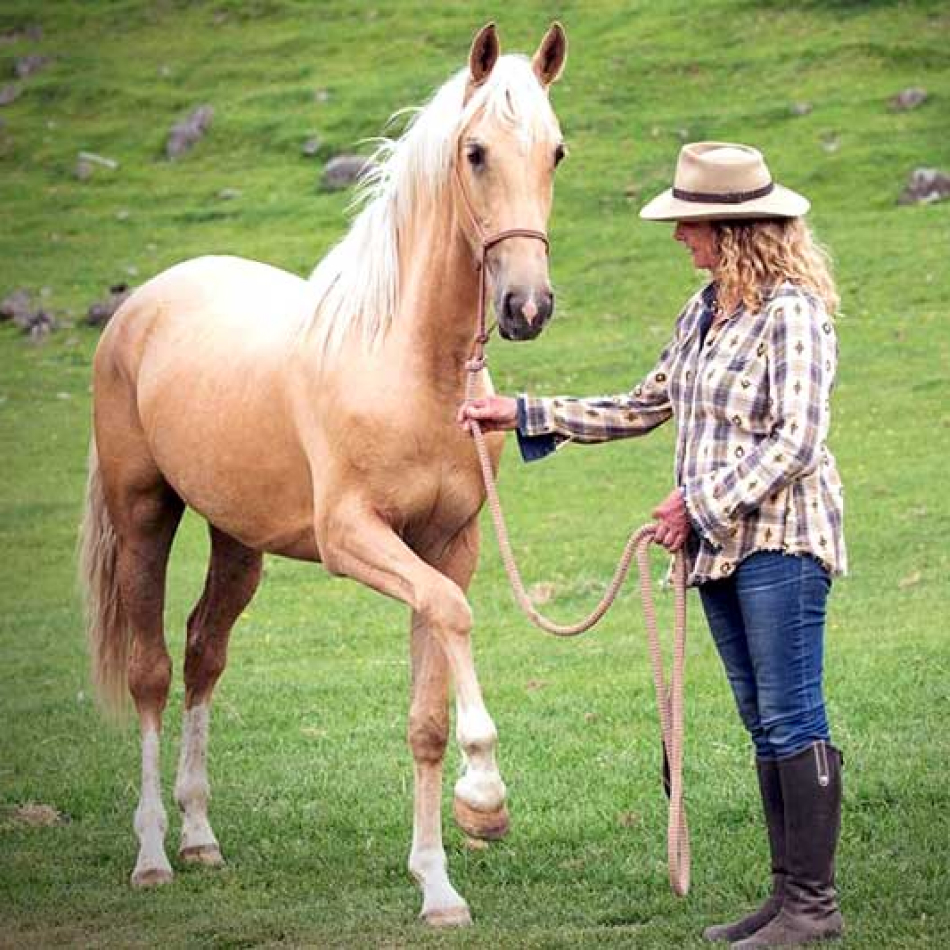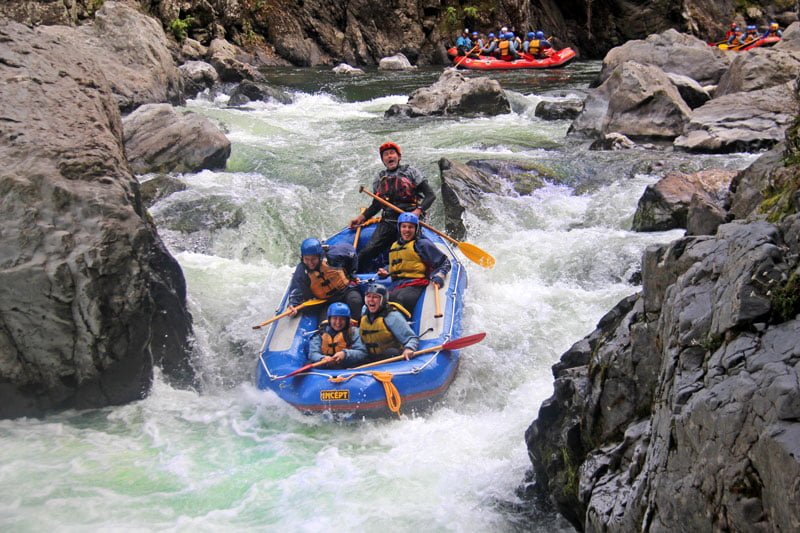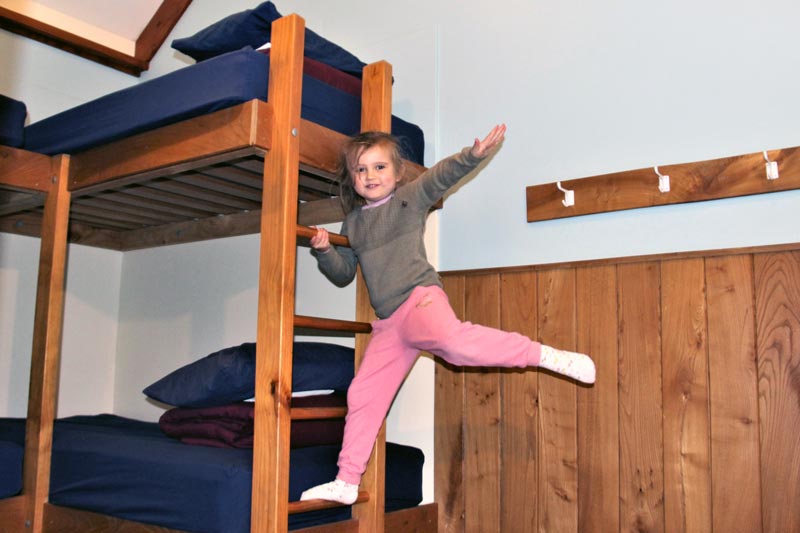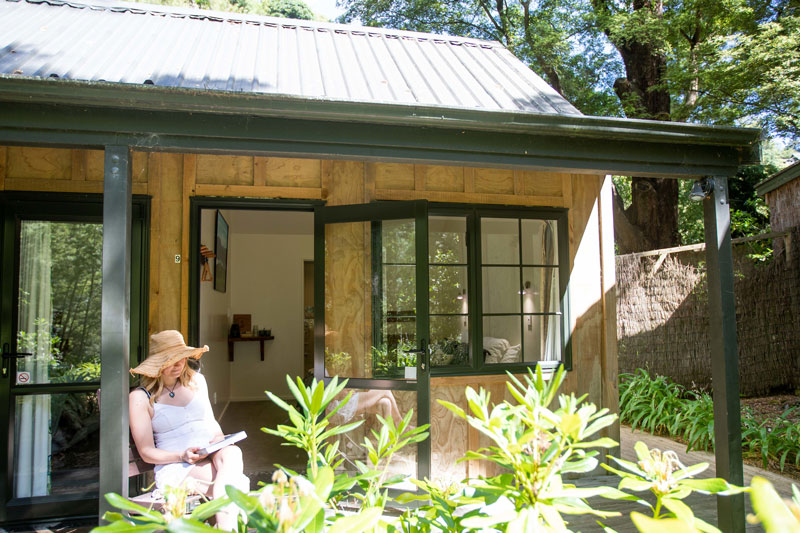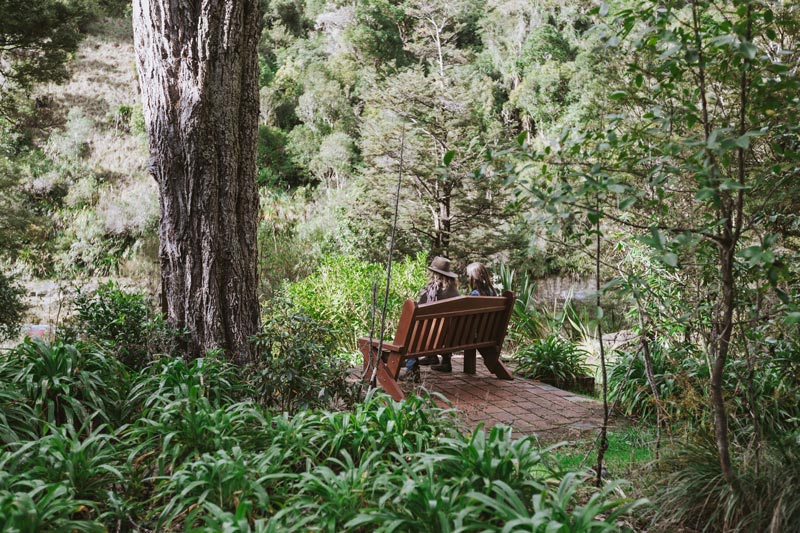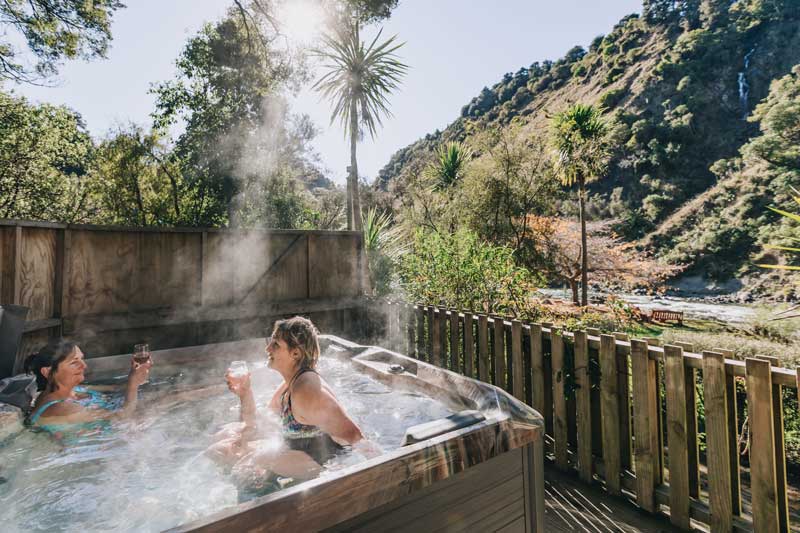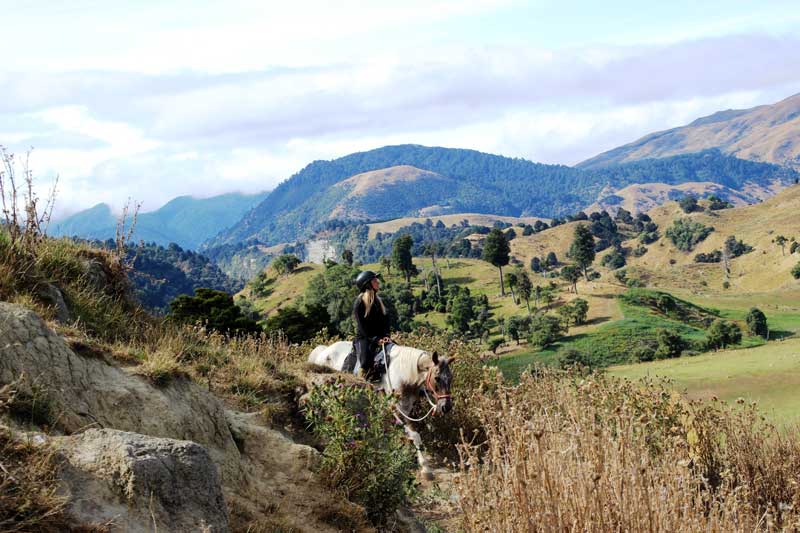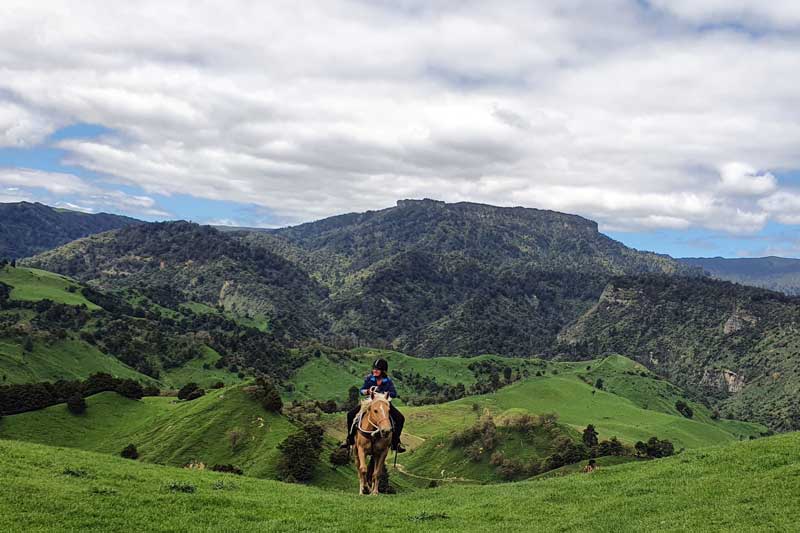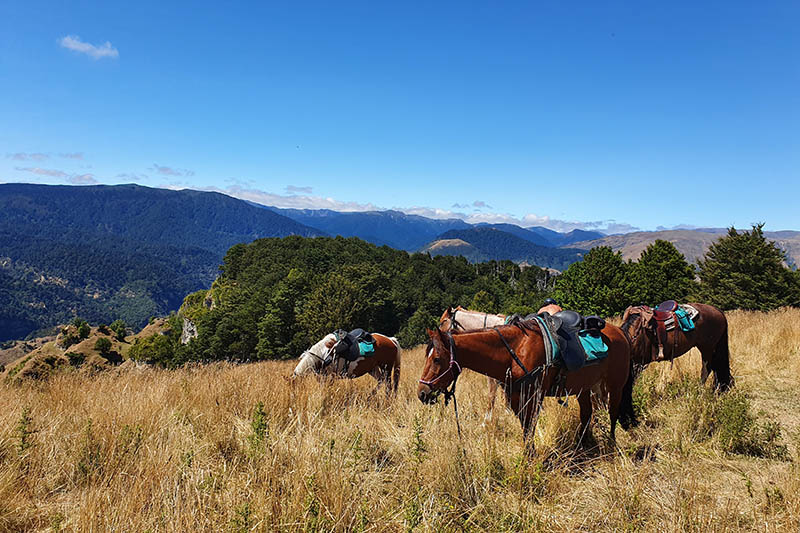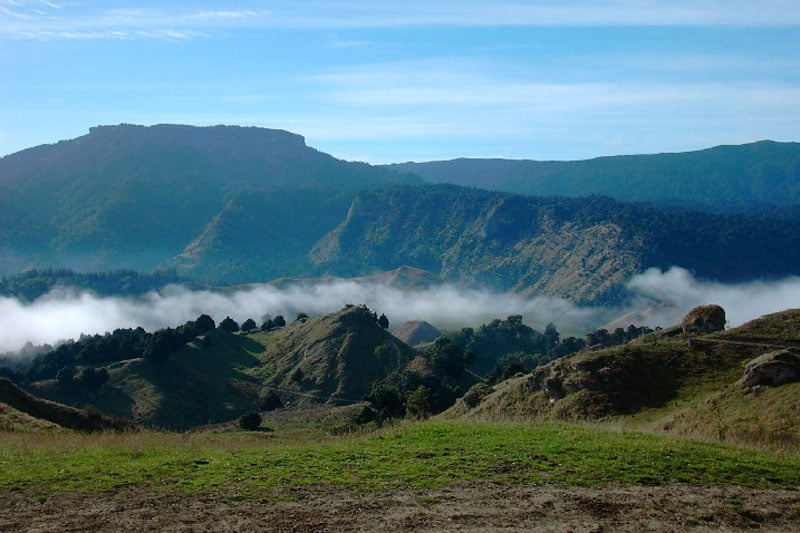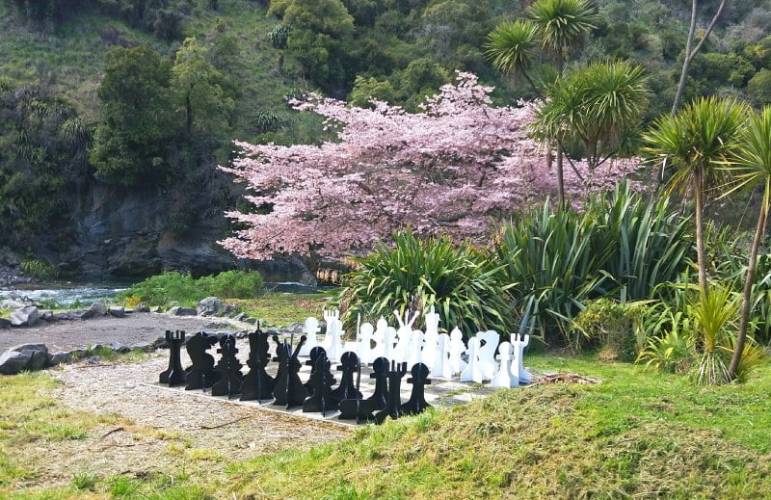It has been a wild spring.
While days of Spring in New Zealand can always contain four seasons in one day, this Spring regularly has really lurched right across the full gambit.
We have had a handful of scorching days. We have had a bunch of damn cold days – especially for the time of year. We have had days where the wind has howled, and others where a cool breeze would have been appreciated. There was even an unseasonal frost the other day that put paid to our corn, pumpkin and dwarf bean seedlings.
There has been more water sitting on tracks and pastures than we experienced in even the depths of winter. The difference, however, is a few hours of warm Spring sunshine soon dries everything up, unlike winter where this could take days.
This highly changeable weather has made vegetable growing a bit more problematic than expected. Broccoli plants have bolted straight to flowering, while the garden beds have had to withstand ongoing assaults from what must be legions of slugs. These latter have thrived in the wetter than normal conditions.
The grass has not stopped growing! This rampant grass growth is a great thing for farmers, who now have the opposite problem experienced in late winter of not having enough grass, to now trying to control too much grass.
Through winter, river levels on the Rangitikei were undoubtedly lower than average, though we seem to be making up for that now.
I am writing this on what is officially the last day of Spring, so I thought I would have a peek at what NIWA – National Institute of Water and Atmospheric Research – reckons we can expect to experience over the next three months on the weather front.
First of all, we are in a La Nina event which means more northeasterly winds, dragging warm air down from the tropics, and possibly even the remnants of a cyclone or two.
It is going to be hot! That is the one thing all the models are predicting, and which NIWA is the most certain. So get organised, get the big-brimmed straw hat, and don’t forget the sunblock.
As for the rest of the major areas of the forecast, soil moisture, rainfall and river flows, projections are all split relatively evenly for our region between “Above Average”, “Normal” and “Below Average”. In other words, hold your breath and toss the dice.
What Does That Mean For our Trips?
What this seasonal forecast means for our trips, both by horse and on the river is that we can expect many fine hot days. This sort of weather can be delightful on a multi-day trip (as long as it is not when a remnant cyclone arrives!), whether by raft or horse.
What Do You Know About Multi Day Adventure Trips
Many New Zealanders are either not aware that they are available, or have not actively considered some style of multi-day adventure holiday. I have been an enthusiast for decades, and have enjoyed these types of trips in many and varied locations.
With all the modern equipment that is now available, these types of trips are often surprisingly relaxing, satisfying, a heap of fun, and at camp, way more comfortable than many would realise.
River Valley offers many options, both on horseback (more experienced riders only) and by raft or river dory. Check out our website for an option that suits you.
Hope to see you over the summer.
Brian Megaw
Fun for all the family, take a mix of rafts & duckies on one of our Rangitikei river multi-day trips.
Our multi-day trips include a range of accommodation styles, from camping to glamping, to deluxe ensuite lodge accommodation.
Travel in style on a wooden dory, on one of our Whanganui river multi-day trips
Take in the amazing views on one of our multi-day horse treks





